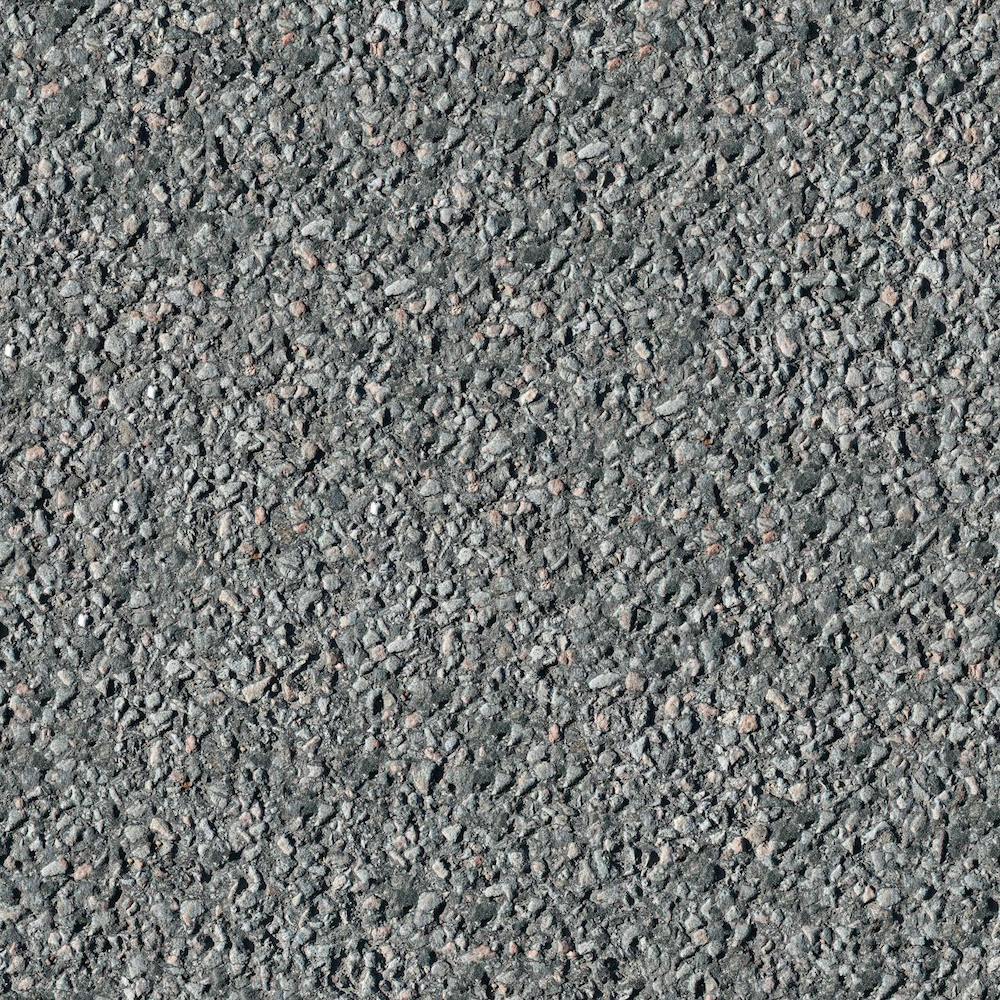Commercial parking lots across Miami-Dade and Broward take a daily beating from constant vehicle traffic, heavy delivery trucks, heat, and rain. Over time, even the best asphalt surfaces begin to show signs of distress — cracks, potholes, or fading lines. But not every damaged lot needs a full reconstruction. In many cases, asphalt overlay offers a cost-effective way to restore a lot’s appearance and performance without starting from scratch.
What Is an Asphalt Overlay?
An asphalt overlay involves applying a new layer of hot mix asphalt over an existing paved surface. The process typically includes cleaning, repairing cracks, leveling low areas, and applying a tack coat to help the new asphalt bond securely. The result is a smooth, durable surface that looks new — all at a fraction of the cost of complete repaving.
For commercial property owners in Miami-Dade and Broward, overlays are especially popular because they minimize downtime. Businesses can often reopen within a day or two, reducing disruption to tenants, customers, or employees.
Signs Your Parking Lot Might Need an Overlay
Overlay is ideal when the surface has moderate wear but the base structure is still in good condition. You might be a candidate if your lot has:
- Surface cracks or fading: Cosmetic damage that doesn’t reach the base layer.
- Uneven texture: Minor dips or ruts caused by surface wear.
- Isolated potholes: Small problem areas that can be patched before overlaying.
- Aged appearance: Faded striping or oxidized pavement that looks worn out.
However, if the base is unstable or drainage problems exist, an overlay may only offer temporary relief. In those cases, full-depth reconstruction or milling might be necessary.
Benefits of Asphalt Overlay for Commercial Properties
An overlay offers several key advantages for business owners and property managers:
- Cost Efficiency: It’s typically 30–40% less expensive than full replacement.
- Quick Turnaround: Most overlays can be completed in 1–3 days depending on lot size.
- Enhanced Curb Appeal: A smooth, dark surface instantly improves the look of retail centers, offices, and warehouses.
- Increased Longevity: Adds 8–15 years of life to your pavement when properly maintained.
- Improved Safety: Eliminates tripping hazards and uneven surfaces that can cause liability issues.
- Eco-Friendly Option: Reusing the existing base reduces waste and environmental impact.
The Overlay Process
Professional paving contractors follow a detailed process to ensure durability and proper adhesion:
- Inspection: Evaluate the current surface and base condition.
- Repairs: Fix cracks, potholes, and drainage issues before overlaying.
- Surface Preparation: Clean debris and apply a tack coat for bonding.
- Overlay Installation: Lay 1.5–2 inches of hot mix asphalt evenly across the surface.
- Compaction and Finishing: Roll the asphalt for smoothness and density.
- Striping and Markings: Repaint parking lines, arrows, and ADA symbols.
Local contractors in Miami-Dade and Broward understand the region’s specific needs — from heavy rainfall to high temperatures — and use materials designed to withstand Florida’s harsh climate.
Common Applications
Asphalt overlays are widely used for:
- Shopping centers and retail plazas with heavy foot and vehicle traffic.
- Office and medical complexes needing smooth, professional curb appeal.
- Industrial and warehouse lots that must support large delivery trucks.
- HOA and multi-family communities with shared parking areas.
Maintenance After an Overlay
After installation, proper maintenance helps maximize longevity. Sealcoating every 2–3 years protects against UV rays and water intrusion, while routine sweeping keeps debris from clogging drains or wearing the surface. Re-striping ensures compliance with ADA and fire lane regulations.
Why Work with a Professional Contractor
A qualified paving company will assess your lot’s structural integrity before recommending an overlay. They’ll use laser leveling, high-quality materials, and proper compaction methods to prevent issues like delamination or ponding. In Miami-Dade and Broward, local experience matters — professionals understand drainage codes, permit requirements, and the specific challenges of coastal environments.
FAQs about Asphalt Overlays for Commercial Lots
How long does an asphalt overlay last?
Typically between 8 and 15 years, depending on traffic volume, weather, and maintenance.
Can an overlay fix deep potholes or base damage?
No. Severe base failures require milling or full-depth replacement before overlaying.
What’s the ideal thickness for an overlay?
Most commercial overlays are between 1.5 and 2 inches thick, adjusted for load requirements.
Can you overlay concrete pavement?
Yes, but it requires additional preparation like installing a leveling course and tack coat to ensure adhesion.
Is an overlay cheaper than repaving?
Yes. It can cost 30–40% less while still improving both appearance and function.
How soon can vehicles use the lot after overlaying?
Usually within 24 hours for light traffic; heavy trucks may need to wait up to 48 hours.
Do Miami-Dade or Broward counties require permits?
Yes, most commercial overlay projects require county approval to ensure drainage, grading, and access compliance.
